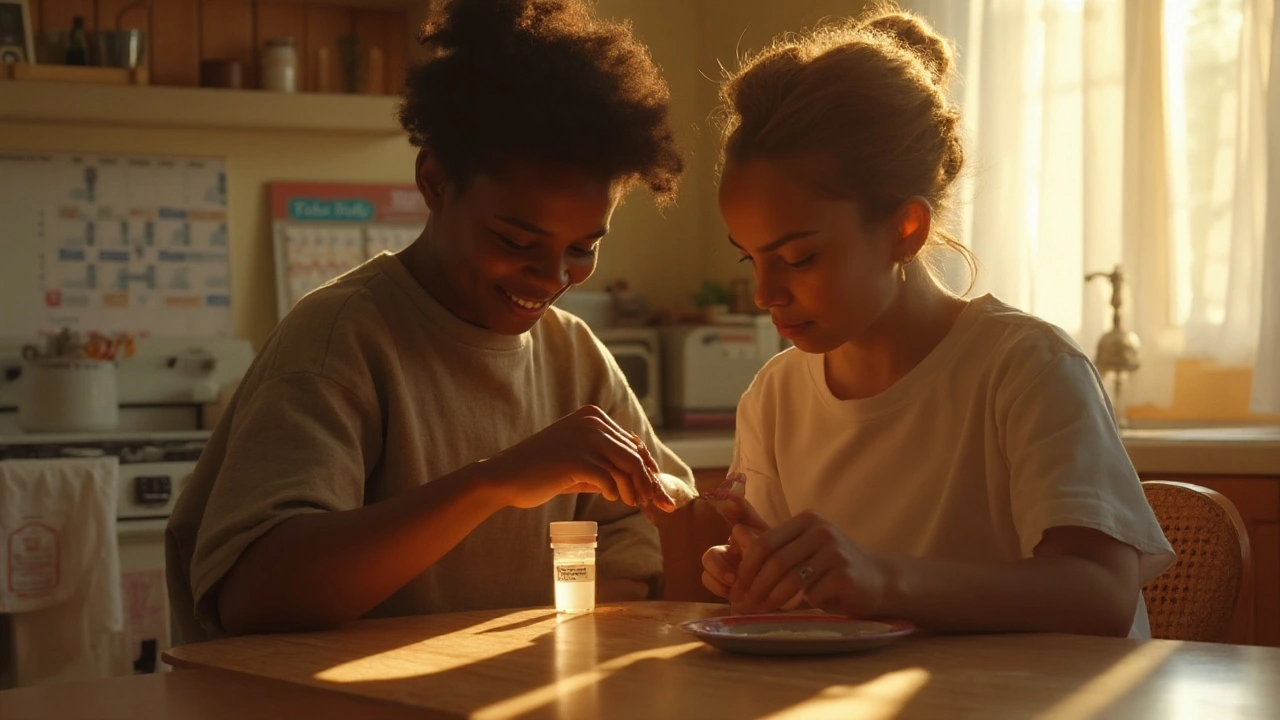Drug Resistance: What It Is, Why It Happens, and How to Beat It
Ever taken a prescription that suddenly stopped working? That’s drug resistance showing up. It’s when a medicine that once cleared an infection or shrank a tumor loses its punch because the target – bacteria, virus, or cancer cells – learns to dodge it.
Resistance shows up in three big camps: antibiotics for bacterial infections, antivirals for viruses, and targeted drugs for cancers. Each follows a similar playbook, but the details differ. Let’s break down why the same drug stops working and what you can do about it.
Why Resistance Happens
Microbes and cancer cells are fast adapters. A single mutation in their DNA can change the shape of a protein that a drug tries to bind. If the drug can’t lock onto its target, the organism keeps growing. Some bacteria grow tiny pumps that shove the antibiotic out before it can do any damage. Others make enzymes that smash the drug molecule into harmless pieces.
Cancer cells can turn on backup pathways. Say a drug blocks one growth signal; the tumor might switch to a different signal to keep growing. This is called pathway redundancy, and it’s a major reason why many patients need combination therapies.
How to Slow Down or Overcome Resistance
First, use medicines exactly as prescribed. Skipping doses or stopping early gives the surviving microbes a chance to practice resistance. Second, doctors often rotate or combine drugs. Two antibiotics together make it much harder for bacteria to develop mutations that beat both at once.
For viral infections like HIV, a cocktail of three or more antivirals is standard. The virus would need several simultaneous mutations to escape, which is statistically unlikely. In cancer, combining a chemotherapy agent with a targeted drug can hit the tumor from two angles, closing off escape routes.
Beyond the prescription pad, good hygiene helps. Handwashing, proper wound care, and vaccination reduce the number of infections you face, meaning fewer chances for resistance to develop. In hospitals, strict cleaning protocols and isolation of resistant cases keep the spread in check.
If you’re a patient, ask your doctor about the resistance risk for your condition. For example, for a urinary tract infection, a culture can tell which antibiotics will still work. For cancer, molecular testing can reveal specific mutations, guiding the choice of targeted therapy.
Finally, stay informed about new treatments. Researchers are developing drugs that bypass common resistance mechanisms, like antibiotics that target bacterial membranes instead of proteins, or cancer drugs that degrade the faulty proteins rather than just inhibit them.
Bottom line: drug resistance isn’t a mystery, it’s a survival skill that microbes and cancer cells pick up fast. By using medicines correctly, combining therapies, and keeping infections at bay, you can stay a step ahead. Talk to your healthcare provider, follow the dosing schedule, and keep up with the latest guidelines – that’s the most practical way to keep your treatments effective.
Discover how strict adherence to Atazanavir therapy boosts viral suppression, preserves immunity, and prevents resistance in HIV patients.
